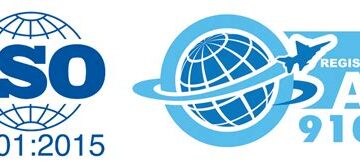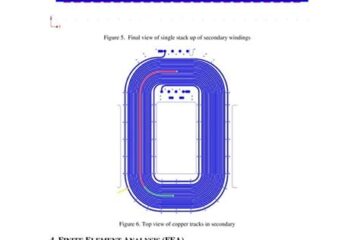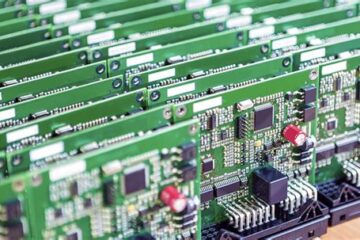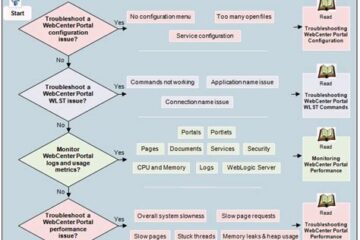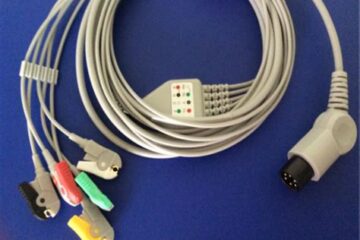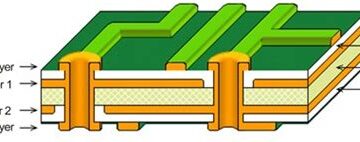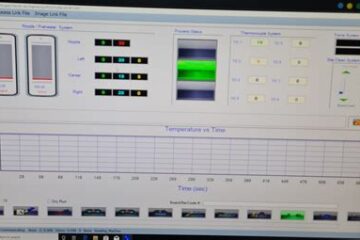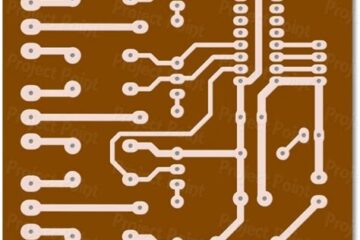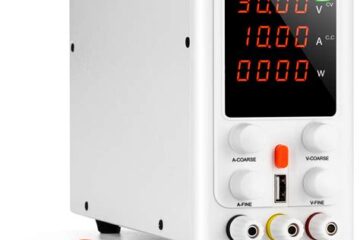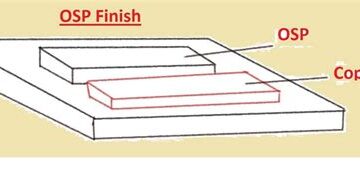PCBA
The Significance of AS9100D Certification in Aerospace PCB Manufacturing!
What is AS9100D Certification? AS9100D is a quality management system standard specifically designed for the aerospace industry. It is based on the ISO 9001 standard, with additional requirements tailored to meet the unique needs of the aviation, space, and defense sectors. The standard was developed by the International Aerospace Quality Group (IAQG), a collaborative effort of aerospace industry associations from the Americas, Europe, and Asia. The AS9100D standard covers various aspects of quality management, including: Read more…
